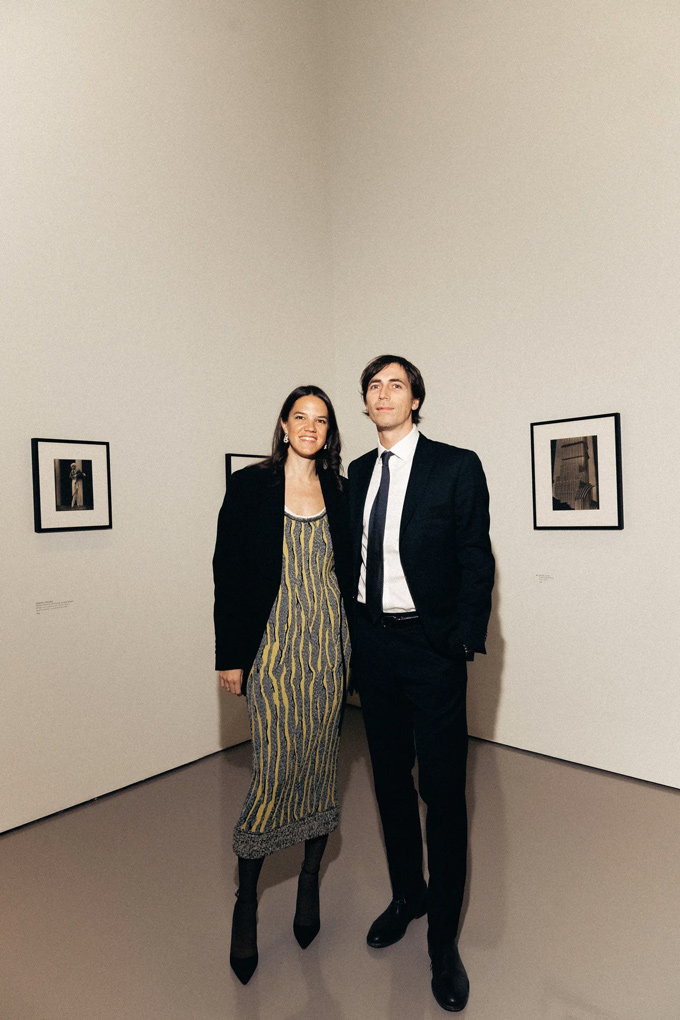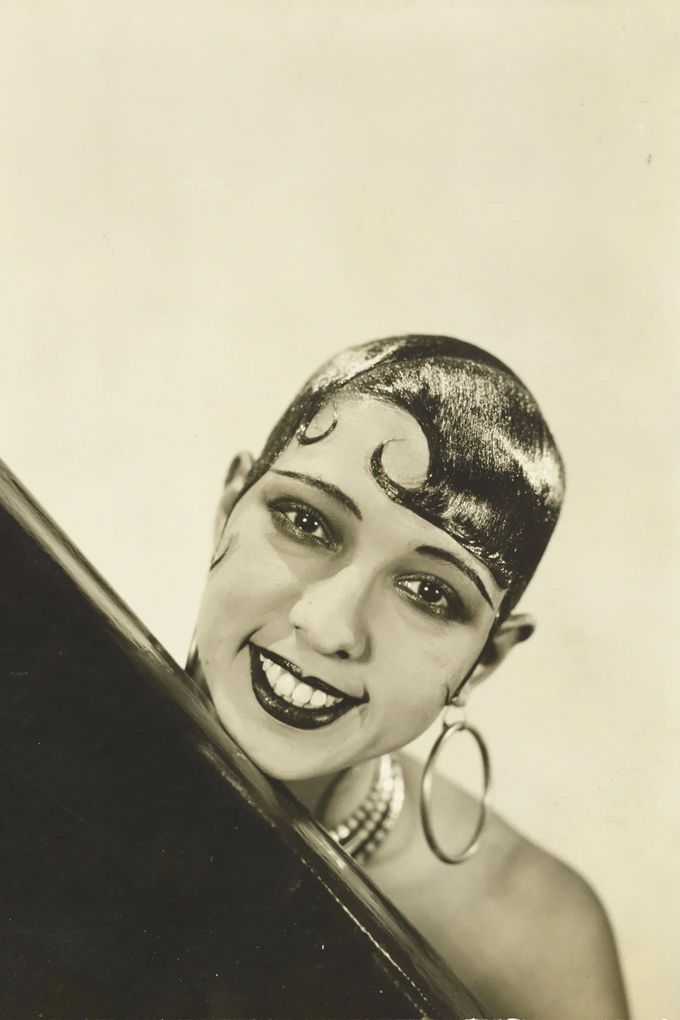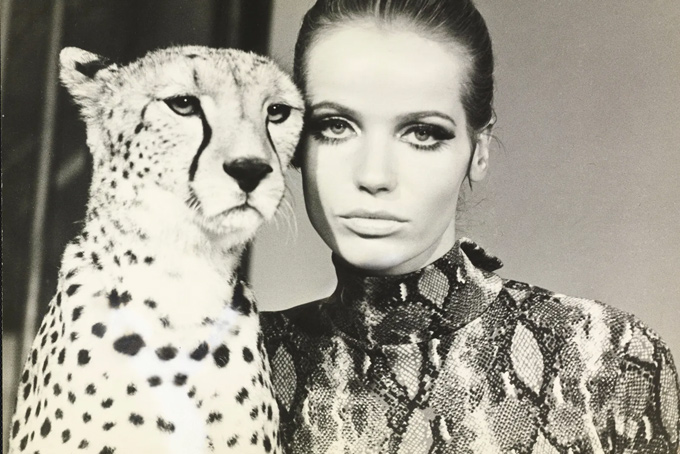“In these archives you have artistic masterpieces: some of the photographs here have become cultural icons. And they are still the source of inspiration to so many.” So said François-Henri Pinault in Venice last night at the private view of “Chronorama,” an exhibition dedicated to airing a 70-year trove of Condé Nast archive photography and illustration that was acquired by the Pinault Collection in 2021.
Presented at the Pinault Collections’s Palazzo Grassi and supported by Saint Laurent, “Chronorama” illustrates how the snapshot moment of the contemporary can become a culturally embedded symbol that lives on to inform, enrich, and enable the future. Curated by Matthieu Humery, the exhibition brings oxygen to around 400 works published across Condé Nast titles including Vogue, Vanity Fair, House & Garden, GQ, Mademoiselle, and Glamour between 1910 and 1979.
Beginning in the golden age of fashion illustration with Helen Dryden, George Wolfe Plank, and Eduardo Garcia Benito amongst the stars of their time, then unfolding into the epoch of photography via Edward Steichen, Berenice Abbott, Cecil Beaton, Lee Miller, André Kertész, Horst P. Horst, Diane Arbus, Irving Penn, Helmut Newton, and David Bailey, amongst others, the exhibition is an exhaustive and revelatory historical record of cultural and social evolution in the 20th century.



Touring the show last night with Anna Wintour, Condé Nast Corporate Photography Director Ivan Shaw, Humery, François Pinault (who was responsible for the acquisition) and his son François-Henri Pinault, it was a challenge to define highlights: almost every picture was extraordinary. Then when you considered that every image took a long-disbanded cast of magazine professionals countless hours in preparation and execution before the shutter was pressed, the level of work on display was overwhelming.
Just a few especially notable images, though, include the 1911 shot taken by Paul Thompson of lawbreaking feminist heroine Dr. Mary Edwards Walker, who was, shockingly, apparently the first woman to wear trousers in public in the United States. Strauss-Peyton’s 1921 portrait of Charlie Chaplin unveiled the handsome straightforwardness of a man who bathed himself in costume and character to become the biggest star of his age. Isabey’s stylised image of Jean Cocteau at work (highly staged), Steffi Brandl’s extraordinarily transgressive shot of Renée Sintenis (a radical sculptress), and Hoyningen-Huene’s Josephine Baker completed this early stage.














